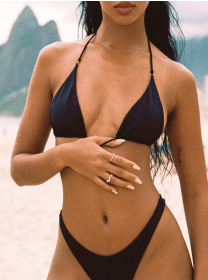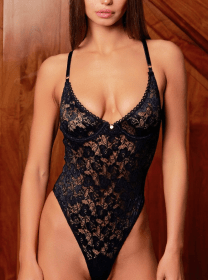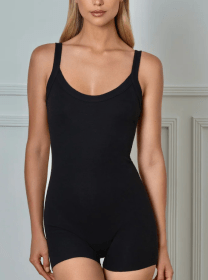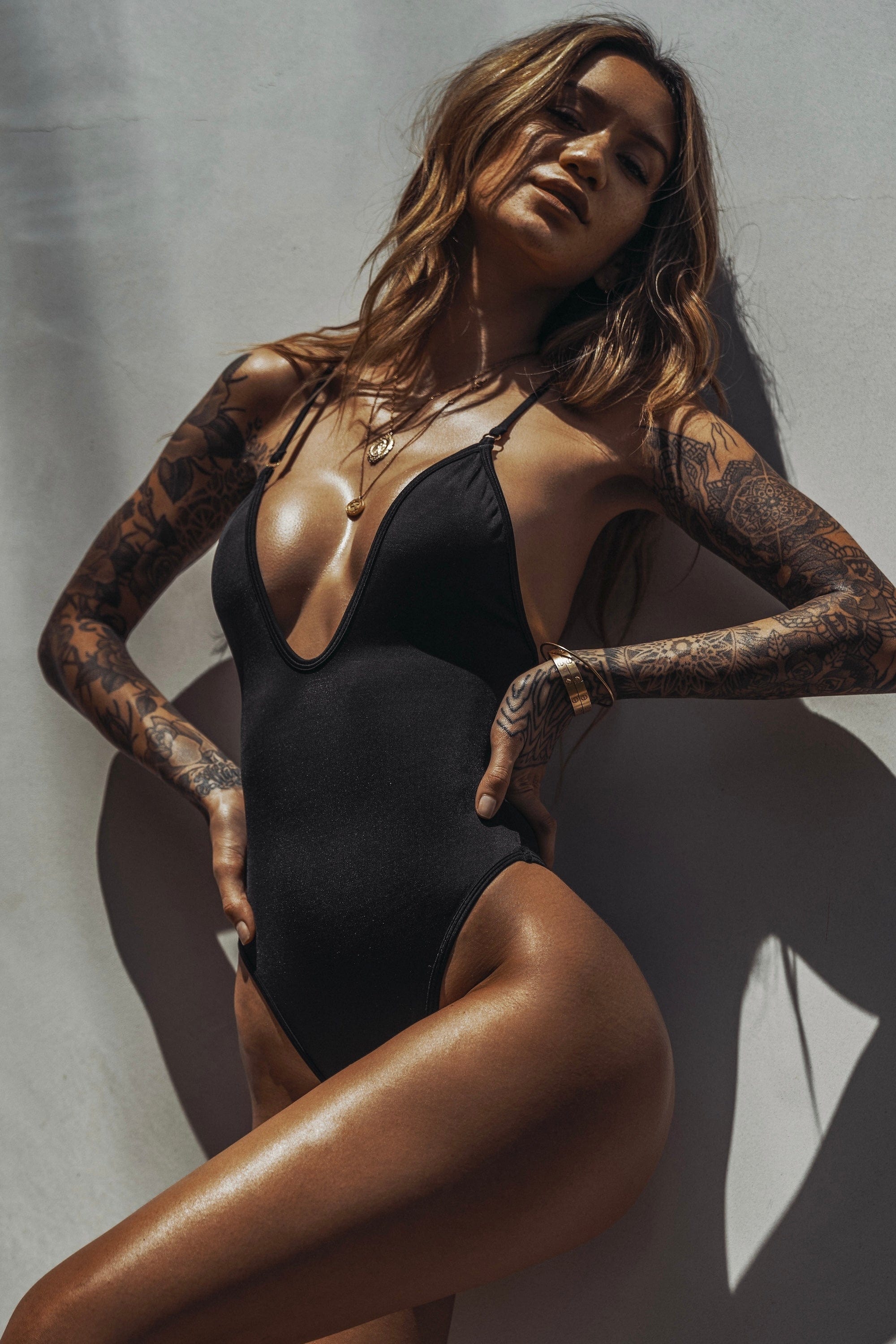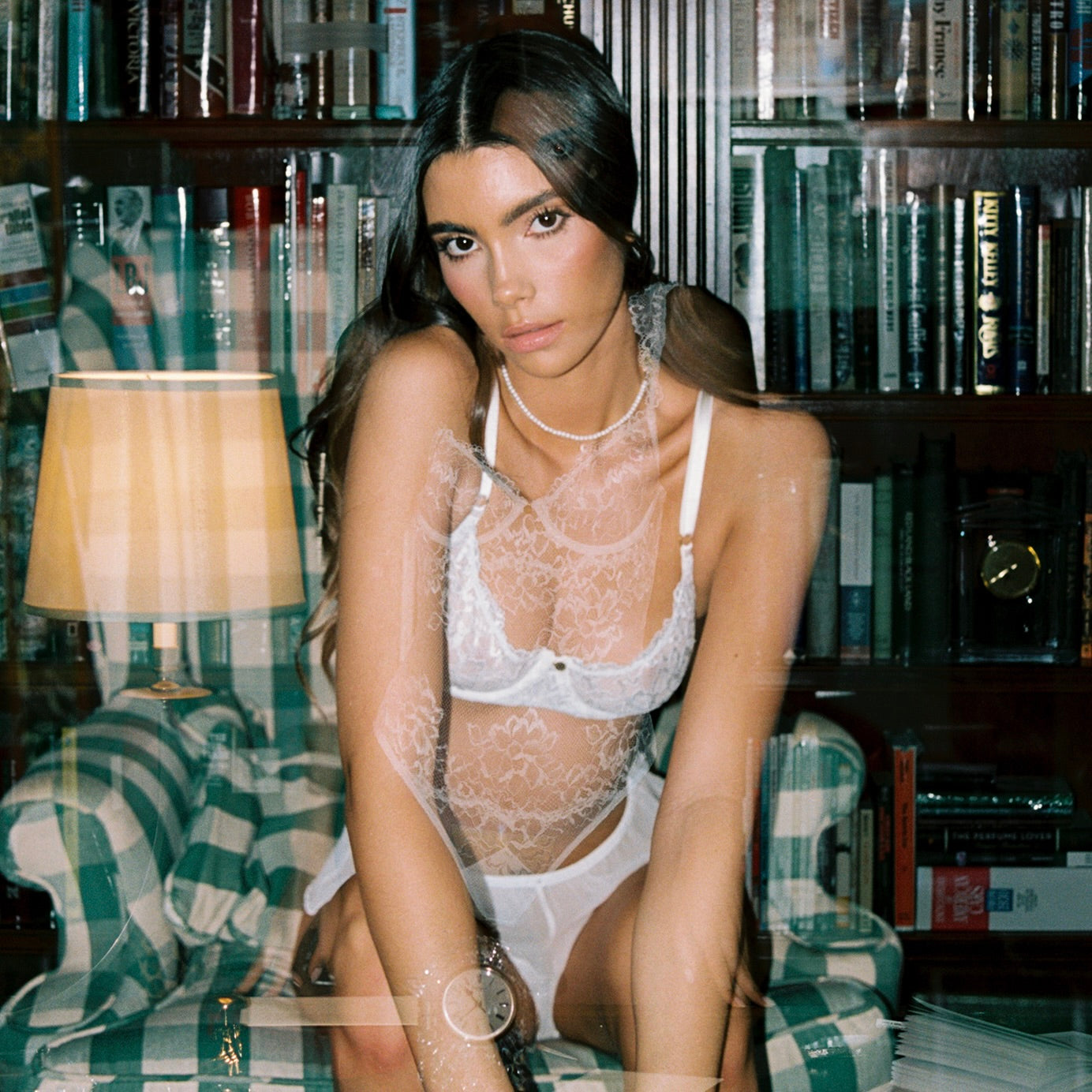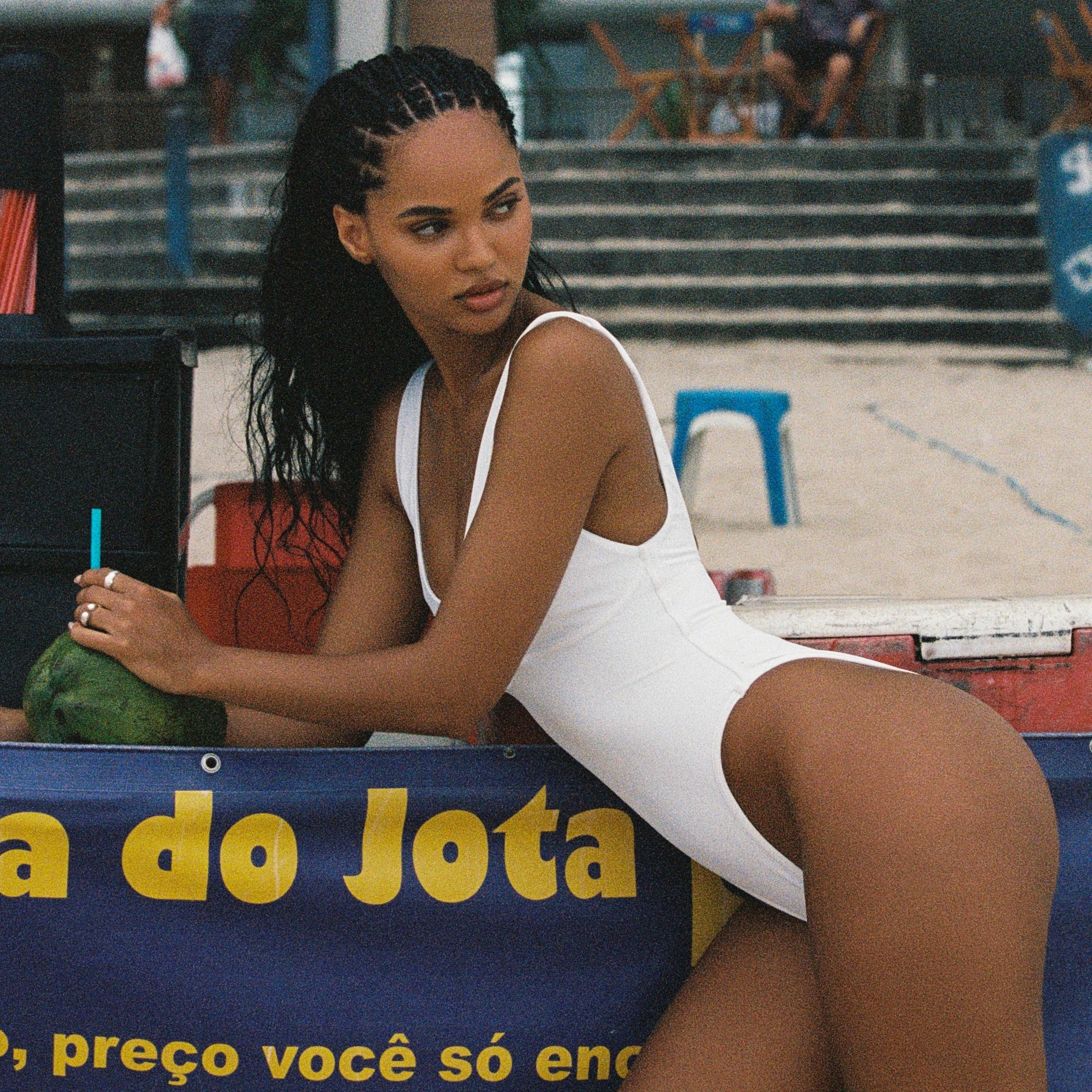It's high time we dive into an issue that often goes unspoken but is all too familiar for many of us – bra chafing. Yes, we're talking about the all-too-real horror of that painful breast rubbing caused by a broken bra, an ill-fitting bra, or even an overflowing bra. You know, when you get home after a long day, and your skin just aches from where the bra has been grating against it? If this sounds familiar, stick around. We're going to explore ways to alleviate the discomfort and prevent it in the future.
Causes of Skin Chafing Around the Breasts
Breast chafing, or breast rubbing, is a common issue, especially in hot weather or during physical activities, resulting in breast pain around the affected area. This friction can occur in two ways:
- Skin-on-skin chafing: Sweat exacerbates this friction, common beneath the breasts, armpits, and anywhere there are skin folds.
- Material-on-skin chafing: Sensitive skin chafes faster when materials like underwire or tight bra straps rub across it.
The main culprit for this painful experience is an ill-fitting bra. This is not just limited to wrong sizing, but also improper shape or style. Common areas where a bra can cause chafing include under the breasts, along the sides, and on the shoulder straps. An important tip - don't hold on to old bras! If it doesn't fit right, it's time to bid adieu. Explore our guide on what to do with old bras, so you can get rid of your old ones sustainably.
How to Treat Chafed Skin Around the Breasts
Chafing can begin with a warm sensation, escalating quickly into a prickly, burning discomfort. The first rule of thumb? Eliminate the source of friction immediately. Now, if the offender is your bra, the sooner you swap it out for something softer, the better. Bad skin chafing can lead to skin infections, so it's not something to ignore.
1. Clean the Chafed Skin
First things first, hop in the shower to clean the chafed skin. Trust us, this step does wonders for both your physical comfort and your mental health. But remember, when dealing with chafed skin, gentleness is key. Use a mild soap, let cool water do its magic, and pat your skin dry. Take special care to dry the areas under your breasts.
This is especially important if you've been sweating. Sweat doesn't just make us feel sticky and uncomfortable, it also increases chafing. How? Well, sweat creates a moist environment that is more prone to 'drag' when it rubs. Plus, sweat contains salt, and guess what? Salt irritates inflamed skin and may cause micro-tears, leading to more redness and inflammation.
2. Apply a Soothing Product
Once your skin is clean and dry, it's time to help it heal. Several products like aloe vera gel, argan oil, coconut oil, shea butter, and diaper rash cream can soothe the chafed area and accelerate the healing process. Reapply every few hours to keep the skin moist and reduce inflammation. If the pain persists, an ice pack can offer some relief.
3. Swap Your Bra
Now that your skin is on its way to recovery, let's talk about what to wear. The last thing you want to do is put on another bra that will continue the chafing cycle. A soft bandeau bra can be a gentle alternative until your skin heals. If you must wear a bra, choose a wireless one that fits you well.

Prevention Tips to Avoid Skin Chafing Around the Breasts
Now, wouldn't it be a dream to avoid chafing altogether? Good news! There are steps to prevent breast chafing. Remember, preventing a problem is always better than curing one!
Ensure Your Bra Fits Well
An ill-fitting bra, be it too tight or too loose, can wreak havoc on your breast tissue. Red marks around the band or underwire, painful imprints on your skin, or a general feeling of discomfort are signs of a poorly fitting bra. A well-fitting and supportive bra can reduce friction and serve as a protective barrier against chafing.
Choose a Wireless Bra
Say goodbye to underwire bras if they are causing chafing or general breast pain. Wireless bras, especially those made of soft, breathable fabrics, are often considered the most comfortable choice.
You can still wear underwire bras when you want that extra support, but may want to consider wireless bras for everyday wear if you have particularly sensitive skin.
Opt for Sweat-Wicking Bras
Sports bras made of moisture-wicking materials can also help keep you dry. Remember, boob sweat, while natural, can cause irritation. Make sure your sports bra fits well to prevent skin chafing.
Use Anti-Chafing Creams
Anti-chafing creams and other products help prevent friction and soothe chafed skin. Petroleum jelly can work wonders to create a skin barrier.
Minimize Sweat With Powders
Non-talc powders with ingredients like kaolin or cornstarch can help absorb moisture. Look for powders that also have other beneficial ingredients, like aloe and lavender, that can cool, soothe, and have antibacterial properties.
Manage Sweat Effectively
Antiperspirants can help in reducing sweat. Though many people opt for natural deodorants, antiperspirants can offer an effective solution to sweat, especially when applied on other body parts.

When to See a Doctor
While most cases of chafing can be handled at home, there are situations where you might need medical attention. If you notice open wounds that don't heal, blood or discharge, very hot or swollen skin, or redness spreading beyond the chafed area, it's time to visit the doctor.
And if you're a nursing mom, you want to pay extra attention to any pain, since it could be resulting from mastitis and not your bra.
Remember, bra chafing doesn't have to be part of your everyday life. With the right preventive measures and care, we can all say goodbye to painful bra chafing.



